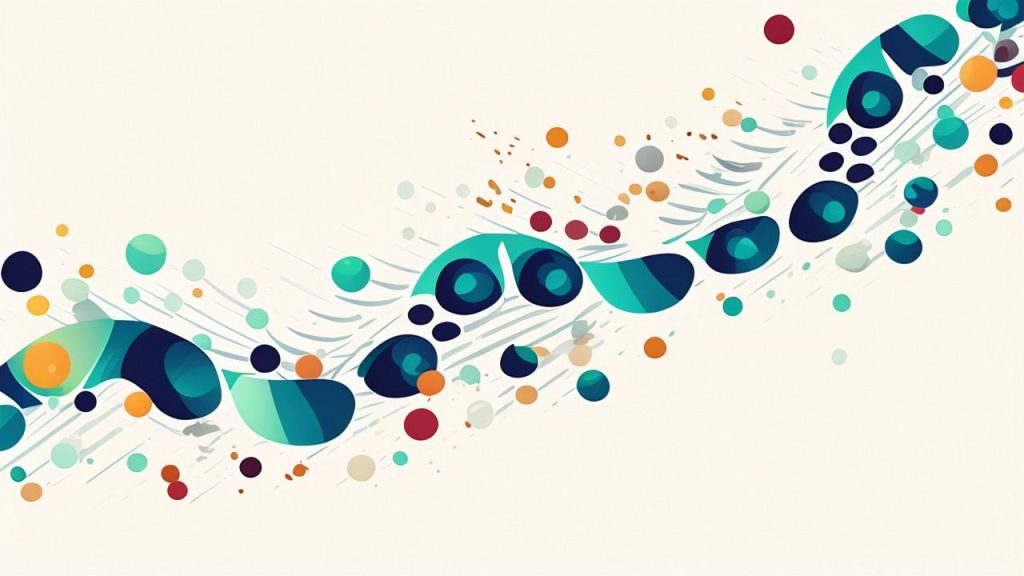RAS gene: the strongest oncogenic gene
The RAS gene family is a cornerstone in the study of cancer biology, with its discovery, structure, mutation mechanisms, and role in carcinogenesis being subjects of extensive research over the past decades. The RAS genes encode a group of proteins that are pivotal in regulating cell division, and mutations in these genes can lead to uncontrolled cell growth and cancer. This article aims to provide a comprehensive overview of the RAS gene, including its discovery, structure, mutation mechanisms, role in cancer, related drugs, and the current market status of RAS-targeted therapies.

Discovery of the RAS Gene
The journey into the understanding of the RAS gene began in the early 1960s with the discovery of the RAS virus in rats. Researchers Harvey and Kirsten, in separate studies, identified the Harvey (H) and Kirsten (K) rat sarcoma viruses, which were later found to carry the v-Ras gene responsible for transforming normal cells into cancer cells. This groundbreaking discovery led to the identification of the human homologs of the RAS gene: HRAS, KRAS, and NRAS, which were found to be mutated in various human cancers.
Structure of the RAS Gene
The RAS genes encode for 21-kDa proteins known as small GTPases. These proteins act as binary switches within the cell, toggling between an active GTP-bound state and an inactive GDP-bound state. The switch is regulated by GTPase-activating proteins (GAPs) that promote the hydrolysis of GTP to GDP, and guanine nucleotide exchange factors (GEFs) that facilitate the exchange of GDP for GTP, thus activating RAS.
Mutation Mechanisms
Mutations in the RAS gene are predominantly point mutations, occurring in specific hotspots: codons 12, 13, and 61. These mutations impair the intrinsic GTPase activity of the RAS proteins or their interaction with GAPs, leading to an accumulation of the active GTP-bound RAS and continuous cell proliferation signaling.
Carcinogenesis
The principle by which RAS gene mutations lead to cancer involves the continuous activation of downstream signaling pathways that promote cell growth, division, and survival. The most well-characterized pathways include the RAF-MEK-ERK and PI3K-AKT pathways. Mutated RAS proteins continuously activate these pathways, leading to uncontrolled cell proliferation and tumor formation.
RAS Pathways
Upstream of RAS, growth factors and receptor tyrosine kinases (RTKs) activate RAS signaling. Downstream, RAS activates several pathways, with the RAF-MEK-ERK and PI3K-AKT pathways being central to its role in cell proliferation and survival.
RAS-Related Cancers
Mutations in the RAS genes are found in a significant portion of human cancers, including pancreatic cancer (up to 90% of cases involve KRAS mutations), colorectal cancer (approximately 35-45%), and lung adenocarcinoma (around 25%).
RAS-Targeted Drugs and Market
The challenge of directly targeting RAS proteins has led to the development of indirect strategies, such as inhibitors of downstream effectors (MEK inhibitors) or compounds that prevent post-translational modifications of RAS. Recently, direct RAS inhibitors, such as the KRASG12C inhibitor sotorasib (Lumakras™ by Amgen), have been developed and approved for use in specific cancer types. The price of Lumakras™, as of my last update, is around $17,900 for a month’s supply, but prices may vary based on healthcare systems and insurance coverage.
Current Market Status
The market for RAS-targeted therapies is growing, with increasing investment in the development of both direct and indirect RAS inhibitors. The approval of sotorasib represents a significant milestone in the quest to target RAS-driven cancers. However, the high cost of these therapies and the complexity of RAS signaling pathways remain challenges for widespread application and development of more effective treatments.
Conclusion
The RAS gene has been at the center of cancer research for decades, with its role in cell signaling and cancer progression being crucial for understanding and treating various malignancies. Despite the challenges, recent advancements in directly targeting RAS mutations offer hope for more effective cancer therapies. Continued research and development in this area are essential for unlocking the full potential of RAS-targeted treatments in oncology.
Here are some of the major U.S. pharmaceutical companies that produce RAS-Targeted Drugs (RAS pathway inhibitors):
- 1.Amgen Inc.
- Drug: Sotorasib (Lumakras™)
- Target: KRAS G12C
- FDA Approval Date: May 28, 2021
- 2.Mirati Therapeutics, Inc.
- Drug: Adagrasib (MRTX849)
- Target: KRAS G12C
- Currently in Phase III clinical trials
- 3.Revolution Medicines, Inc.
- Drug: RM-112 (RMC-6236)
- Target: KRAS G12C
- Currently in Phase I/II clinical trials
- 4.Guardant Health, Inc.
- Drug: Guardant360®
- Target: Multiple RAS mutations (KRAS, NRAS, HRAS)
- Test kit used for detecting tumor DNA
- 5.Biogen, Inc.
- Drug: Aldesleukin (Proleukin®)
- Target: RAF (RAS-related gene)
- FDA Approval Date: 1992

